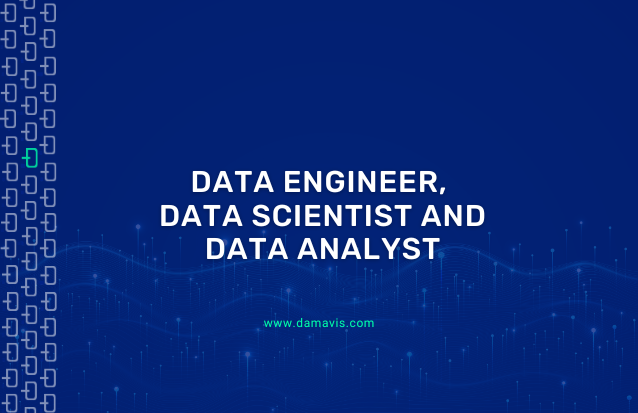In the technological sector, it is increasingly common to find job offers looking for profiles related to the management of large volumes of data. Big Data is considered one of the big bets for the future, both for companies that want to adopt a Data Driven strategy, as well as for professionals looking to enter this sector.
You only have to take a look at the main job search portals to see that positions related to Big Data and Artificial Intelligence are the most in demand by companies and head-hunters.
It is often difficult to tell the difference between an analyst, an engineer and a data scientist. All three profiles work with data, but they do so in different ways. Below, we will analyze each of them to know their skills and what are the functions they perform within a Big Data project.
Data Engineer
The data engineer could be defined as the first link in the chain in the process of managing large volumes of data. Their main task is to treat, process and transform the data at source (in its raw state) so that it can be subsequently analysed by the data scientist.
Data engineers specialise in process orchestration, database management and software architecture. In addition, they have high knowledge of programming languages such as Java, Scala or Python.
At Damavis, we have a data engineering team that works both in the development of data storage systems (Data Lake and Data Warehouse) and real-time applications. On the other hand, they are also in charge of building pipelines, automating imports, exports and data transformations through orchestrators.
Data Scientist
The data scientist could be defined as the figure in charge of “translating” the data already treated and processed by the data engineer and converting it into useful information for decision-making in the company.
The outstanding skills of this profile are their knowledge of classical statistics and mathematical models, as well as programming languages, including Python and SQL. In addition, he has experience in version control systems, agile development methodologies and notions of the Hadoop ecosystem.
Damavis’ data science team is responsible, among other functions, for solving problems of inference, clustering or prediction, through the training of statistical models with which to develop solutions based on machine learning to convert these large data sets into valuable information.
Data Analyst
The data analyst would be an intermediate figure between the engineer and the data scientist, as their main mission is to participate in the analysis of the data already transformed by the data engineer, while collecting the client’s needs and evaluating the state of the market to transmit this information to the data scientist.
One of the main characteristics of the data analyst is his or her business and marketing vision, therefore, it is a profile that must have knowledge of strategic marketing so that he or she is able to interpret the data and information for the appropriate decision making in the company.
Within companies, the figure of data analysts has become essential and especially in demand in contexts of strategic planning and development of actions.

Conclusion
The digitization of processes to deal with the management of the large volumes of data currently handled by companies has become a priority for those organizations seeking to adopt a Data Driven approach or strategy.
This has brought with it a greater demand for increasingly specialized professional profiles linked to Big Data technologies. But, what does the future hold? As a recent study by the consultancy firm Deloitte points out, by 2030, it would be necessary to triple the number of ICT professionals in our country to meet the objectives of the European Digital Decade.
Therefore, in the short term, the demand for figures such as engineers, data scientists and analysts will continue to grow, but other types of profiles such as cybersecurity specialists, metatarsal developers or Blockchain technology experts will also be needed.
That is the end of today’s post. If you found it interesting, we encourage you to visit other articles similar to this one in the Damavis category. Don’t forget to share it with all your contacts and give us your opinion on our social networks. See you soon!

